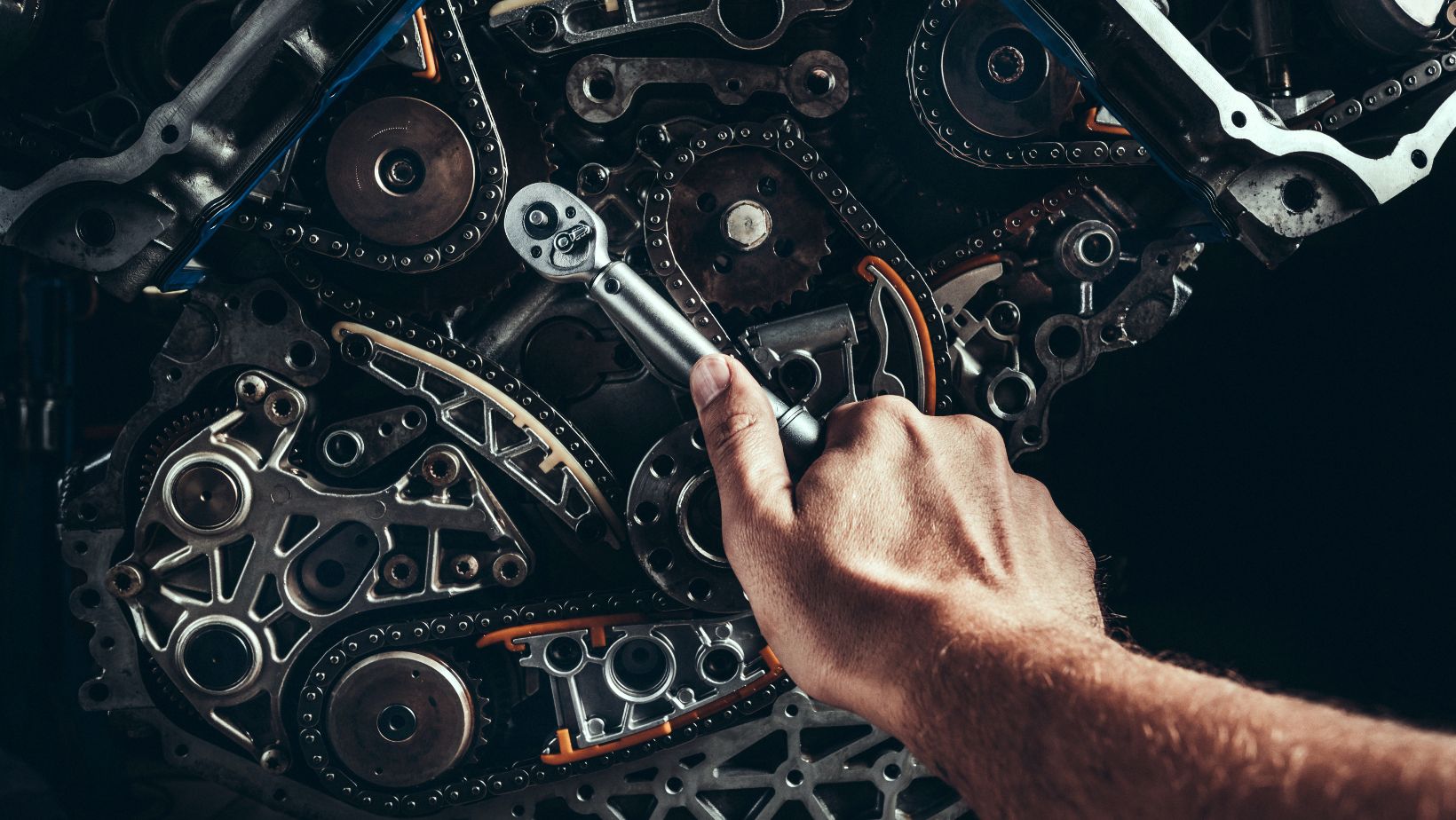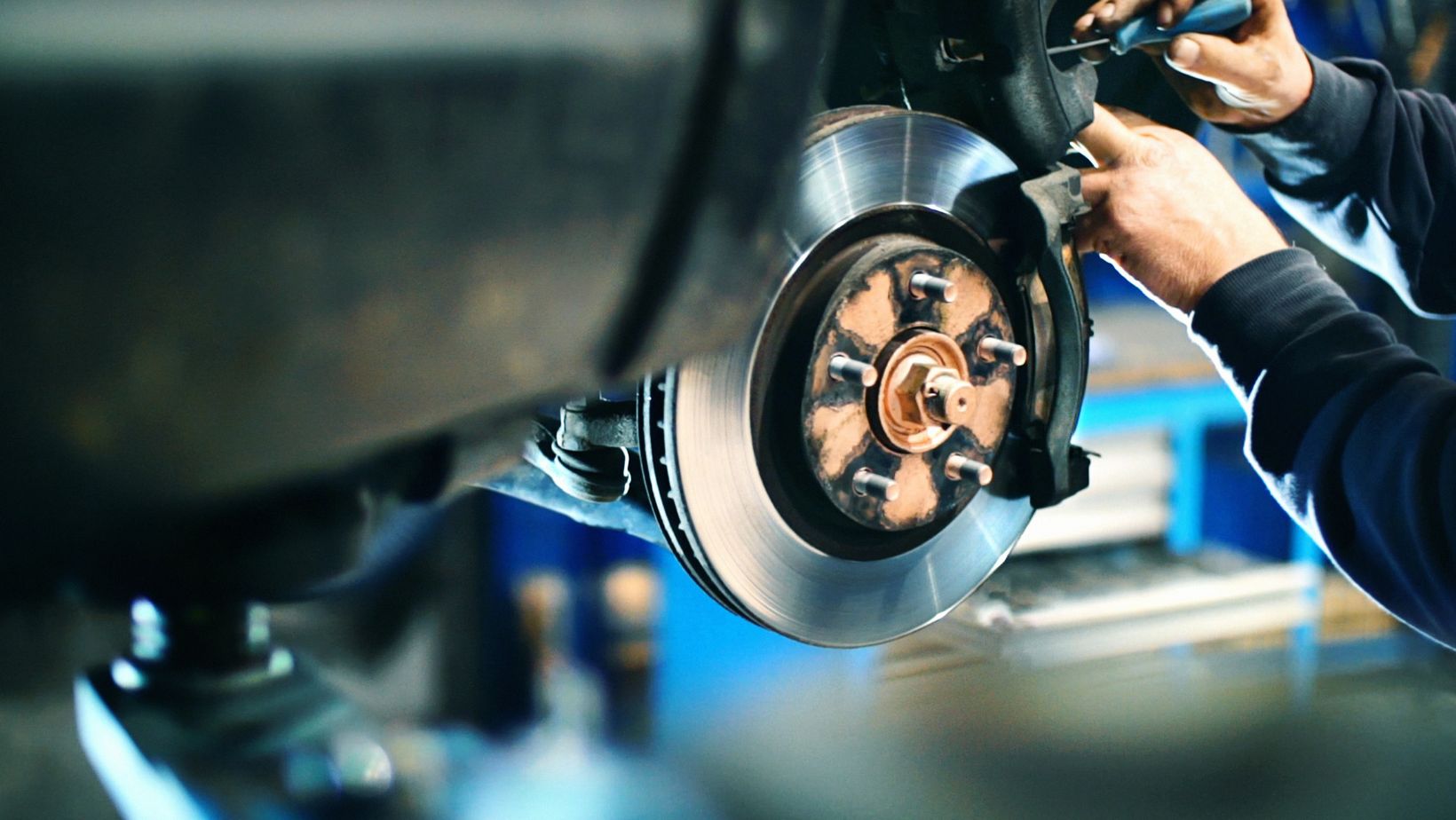 Car Water Leak Repair
Car Water Leak Repair
If you’ve ever experienced a mysterious puddle of water inside your car, you know how frustrating and perplexing it can be. Car water leaks can range from minor annoyances to serious issues that require immediate attention. In this article, I’ll share some insights and tips on car water leak repair to help you identify the source of the problem and find a solution.
One common cause of car water leaks is a faulty seal or gasket. Over time, these components can deteriorate or become damaged, allowing water to seep into the interior of your vehicle. Identifying the exact location of the leak can sometimes be challenging, as water may travel along various paths before pooling in unexpected areas.
Another potential culprit behind car water leaks is clogged drain tubes or channels. These drains are designed to direct rainwater away from critical areas such as sunroof tracks or windshield edges. However, debris like leaves and dirt can block these drains, causing water to accumulate and eventually find its way into your car’s interior.
In the following sections, I’ll delve deeper into these issues and provide step-by-step instructions on how to diagnose and fix common car water leaks. By understanding the causes and implementing effective solutions, you’ll be able to keep your vehicle dry and protect it from potential damage caused by unwanted moisture intrusion.

Signs of a Car Water Leak
When it comes to car maintenance, one issue that many drivers may overlook is a water leak. While it may not seem like a major concern at first, ignoring a car water leak can lead to significant damage and costly repairs down the line. In this section, I’ll discuss some telltale signs that indicate your vehicle may have a water leak.
- Damp or Musty Odor: If you notice an unpleasant damp or musty smell inside your car, particularly after rain or when using the air conditioning system, it could be a sign of a water leak. Accumulated moisture can result in mold and mildew growth, causing these odors to permeate the cabin.
- Wet Carpeting or Upholstery: Another visible indicator of a potential water leak is wet carpeting or upholstery. Check for any areas where these surfaces feel damp to the touch or appear discolored. Pay attention to both the front and rear footwells as leaks can occur anywhere in the vehicle.
- Water Stains: Look for water stains on the ceiling fabric, door panels, or around the windows. These stains are often brownish in color and indicate that water has been entering your car through gaps or faulty seals.
- Foggy Windows: Excessive condensation on the inside of your windows, especially during humid weather conditions, suggests there might be an internal moisture problem caused by a water leak.
- Electrical Issues: A malfunctioning electrical system can also be linked to a car water leak. If you experience problems with your power windows, central locking system, or other electrical components after heavy rainfall, inspect for possible leaks that could be affecting these systems.
Remember that detecting and addressing car water leaks promptly can prevent more extensive damage and save you from expensive repairs in the future. If you notice any of these signs in your vehicle, it’s essential to consult with a professional mechanic who specializes in car water leak repairs.

 Car Water Leak Repair
Car Water Leak Repair




































